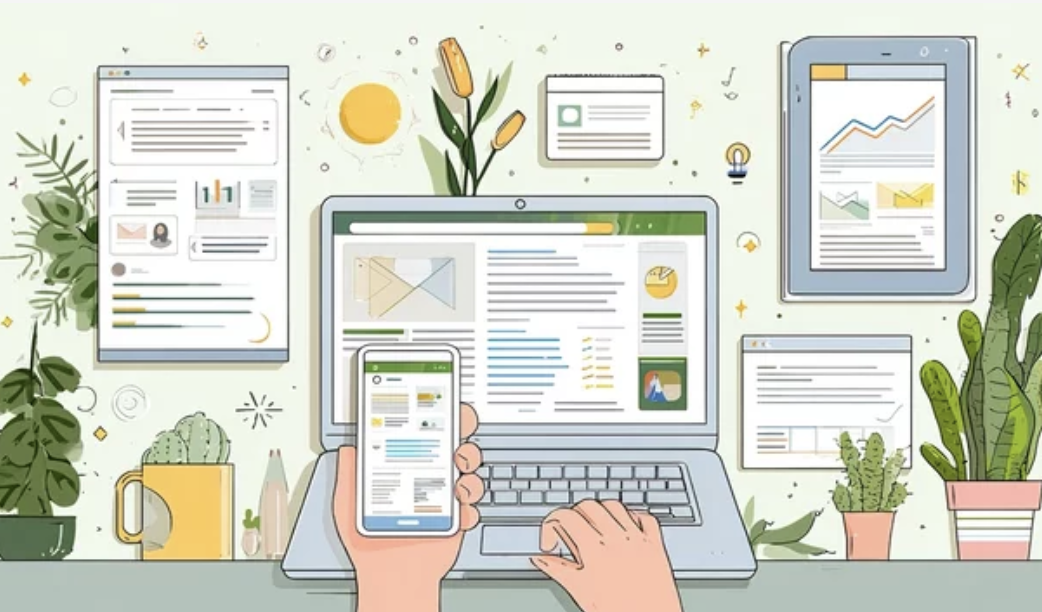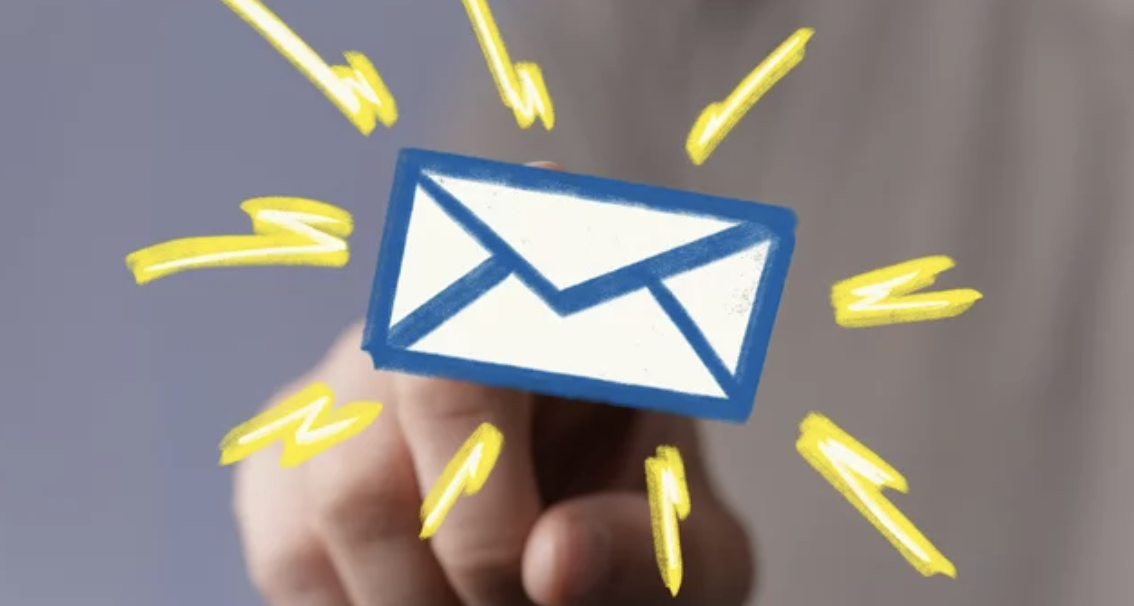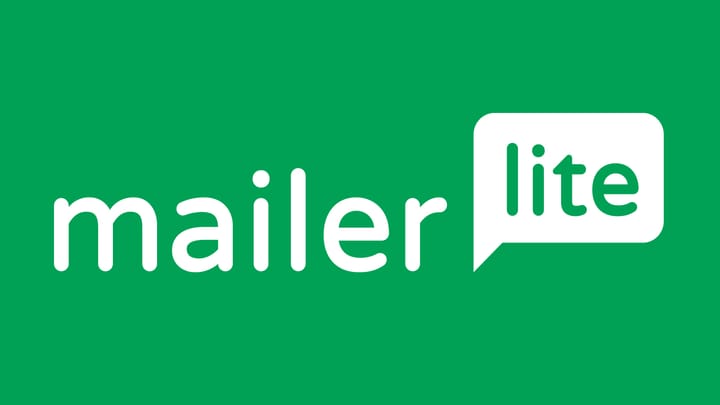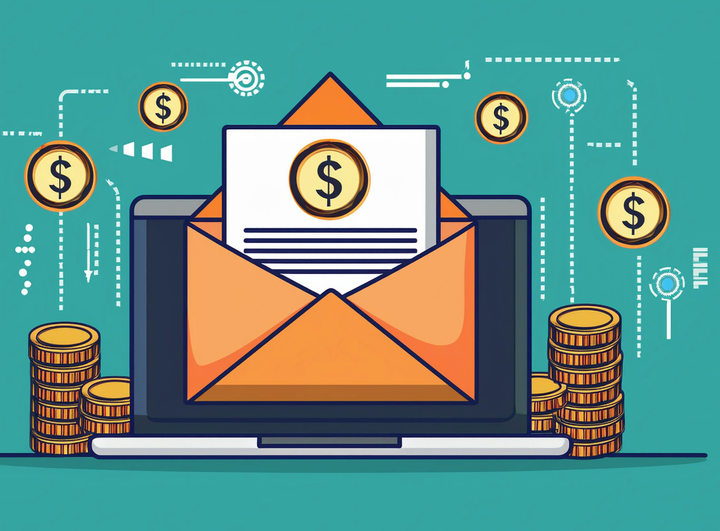Fake It Till You Make It? Why Authentic Emails Win in 2025
Perfect copy, perfect graphics, and that strangely upbeat tone that made you question whether customer service has been replaced by robots. Well, those days are officially over.

Do you recall a time when all marketing emails had the same design?
Perfect copy, perfect graphics, and that strangely upbeat tone that made you question whether customer service has been replaced by robots.
Well, those days are officially over.
People in 2025 are fed up with machines posing as people to sell to them.
Consider your own inbox.
What is your initial reaction when you see an email that appears overly polished and flawless? Most likely, you hit delete more quickly than you can say "unsubscribe" because you think it's "spam" or "another sales pitch."
Businesses still using the outdated strategy of picture-perfect email marketing are experiencing exactly that.
The problem is that consumers have become very adept at spotting fakes. They prefer genuine dialogue to corporate jargon. Instead of a marketing department that spent three weeks creating the "ideal" subject line, they want to feel as though they are speaking with a real person.
Authentic email communication is not only a nice-to-have in 2025; it's what sets successful companies apart from those that are inundated with unsubscribe requests.
So, why are people fed up with Marketing Emails?
Let's take a moment to discuss numbers.
In 2024, the average email open rate was only 18%, down from about 25% in 2020. People are deliberately avoiding marketing messages, so that's not just a slight decline. The worst part is that emails that seem genuine have open rates of at least 30%.
What's the big difference? It's easy.
In the era of AI, people have gotten good at identifying content that appears to have been created by a computer. Have you ever read something that just seems a little... strange? Too ideal, too general, as if it were penned by someone who has never really interacted with a real person? Email marketing is dying because of the uncanny valley effect.
Individuals receive dozens of identical-sounding emails every day. "I hope this email finds you in good health." "We can't wait to share..." "Don't pass up this fantastic opportunity!" It all turns to white noise after a while. It doesn't feel relevant or real, so your brain simply filters it out.
This was exacerbated by the pandemic. Email became one of the primary means of communication when everyone was cooped up at home.
We grew accustomed to receiving emails from friends, family, and coworkers we genuinely cared about that felt intimate and sincere. The contrast is striking now when we receive a marketing email that sounds like it was drafted by a committee.

And what makes an Email feel real?
So what does an authentic email actually look like? It's not about being unprofessional or sloppy. It's about sounding like a real person talking to another real person.
First, there's the voice. Authentic emails sound conversational, like you're chatting with a friend over coffee. Instead of "We are pleased to inform you of our latest product offering," you might say, "Hey, we just launched something I think you'll love." See the difference? One sounds like a press release; the other sounds like a human being.
Real personalization goes way beyond just sticking someone's first name in the subject line. It's about understanding what that person actually cares about and talking to them about it. If someone bought running shoes from you, don't email them about office furniture. If they've been reading your blog posts about small business marketing, send them content about that, not your latest discount on lawn mowers.
Here's something that might sound counterintuitive: imperfections actually help. When every email is perfectly polished, nothing stands out. But when you include a quick "P.S. Sorry if there are any typos—I'm writing this on my phone between meetings," suddenly you feel human again.
Obviously, you don't want to send emails full of mistakes, but little signs that a real person wrote this message can actually increase trust.
Transparency is huge too. People want to know who's actually writing to them. Instead of emails coming from "[email protected]," use real names. Let people know that Sarah from customer service is reaching out or that this message is coming directly from the CEO. When people can put a face to the message, they're much more likely to engage.

The Psychology of Why This Works
There's some intriguing psychology behind why authentic emails work so much better. Trust has become extremely valuable in our digital world. Online, we are continuously being conned, defrauded, and manipulated. So when someone communicates with us in a way that feels genuine, our brains light up with relief.
Emotional connection is triggered by authentic communication.
Your brain releases feel-good chemicals when you communicate with someone who truly understands you. You begin to trust that individual, and trust is the cornerstone of any successful business partnership.
The reciprocity principle is another. You naturally want to return the favor when someone shows you vulnerability or sincerity. You're more likely to be understanding and patient with a business owner who emails you about supply chain problems and how they're trying to resolve them than if they simply send you a generic "we're experiencing delays" message.
This vulnerability creates stronger bonds because it makes us feel like we're part of something real. We're not just customers anymore. We're part of a community of people who understand and support each other.
Real Examples That Actually Work
Let us tell you about a small bakery in Portland that completely transformed their email marketing. They used to send typical promotional emails about their daily specials and seasonal items. Their open rates were around 15%, and they were barely getting any responses.
Then they started sending emails that felt like letters from a friend. The owner, Maria, would write about the disasters that happened in the kitchen that week, share stories about regular customers, and talk about her struggles with finding good ingredients. She'd include photos of her flour-covered apron and tell people about the time she accidentally put salt instead of sugar in a batch of cookies.
Their open rates jumped to 35%, and more importantly, people started coming into the bakery specifically to meet Maria and try the recipes she'd mentioned in her emails. They went from struggling to stay afloat to having a waiting list for their weekend baking classes.

How to Write Emails That Don't Suck
Writing authentic emails isn't about following a formula. It's about finding your real voice and using it consistently.
Here's how to start:
Write like you actually talk. If you wouldn't say "We are pleased to inform you" in a conversation, don't write it in an email. Read your emails out loud before you send them. If they sound weird when you say them, they'll sound weird when people read them.
Share what's really happening behind the scenes. People love to see how things actually work. If you're a restaurant owner, talk about your hunt for the perfect tomatoes. If you run a consulting business, share a challenge you're working through with a client (without breaking confidentiality, obviously).
When you mess up, own it. Don't try to hide mistakes or pretend they didn't happen. People respect honesty, and they'll trust you more when you're upfront about problems. Plus, how you handle mistakes says a lot about your character.
Use real names and real photos. People want to know who they're talking to. If Sarah from customer service is helping someone, let her sign the email and include her photo. If the CEO is announcing a new product, put their name on it and tell people why they're excited about it.
Ask questions you actually want answers to. Don't just add "What do you think?" to the end of every email. Ask specific questions about things you genuinely care about, and then actually read and respond to the answers you get.
Don't Try Too Hard
Here's where a lot of people mess up: they try so hard to be authentic that they end up being fake authentic, which is somehow even worse than just being professionally polished.
Don't manufacture quirks or pretend to be someone you're not. If you're naturally more formal, don't suddenly start writing emails like you're a twenty-something influencer. If you're naturally casual, don't force yourself into corporate speak. The goal is to be genuinely yourself, not to perform authenticity.
Also, don't overshare. There's a difference between being personal and being inappropriate. Your customers don't need to know about your divorce or your medical issues. Keep it relevant to your business and your relationship with them.
Stay consistent. If your brand voice is friendly and helpful, don't suddenly become sarcastic and edgy just because you think it'll get attention. People need to know what to expect from you.
And don't throw professionalism out the window. Being authentic doesn't mean being unprofessional. You can be genuine and still be reliable, competent, and trustworthy.
How to Tell If It's Working
Measuring authentic email marketing is different from measuring traditional campaigns. You can't just look at open rates and click-through rates, though those are still important.
Pay attention to the quality of responses you're getting. Are people writing back with thoughtful questions? Are they sharing your emails with others? Are they mentioning specific things you wrote about?
These are signs that your message is actually connecting.
Look at long-term customer value, not just immediate sales. Authentic relationships take time to build, but they're worth more in the long run. A customer who trusts you is more likely to buy from you again, recommend you to friends, and stick with you even when competitors offer lower prices.
Try A/B testing different approaches. Send the same message to two groups: one in your traditional corporate voice and one in your authentic voice. See which one gets better responses, but also pay attention to the type of responses you get.
Track unsubscribe rates and spam complaints. If your authentic emails are working, these numbers should go down. People are less likely to unsubscribe from emails they actually want to receive.
What's Coming Next
The future of email marketing is going to be even more focused on real relationships and genuine communication. As AI gets better at creating content, the human touch is going to become even more valuable.
AI will play a role, but it'll be in supporting authentic communication, not replacing it. Think of AI as a research assistant that helps you understand your customers better, not as a ghostwriter that creates your messages.
The businesses that succeed are going to be the ones that build real relationships with their customers through email. They're going to be the ones that people actually want to hear from, not just tolerate in their inbox.
The Bottom Line
Authenticity in email marketing isn't just a trend. It's a fundamental shift in how businesses and customers communicate. This 2025 people have too many options and too little time to waste on emails that don't feel real or relevant.
The good news is that being authentic isn't complicated. It just requires you to communicate like a human being instead of a marketing department. It means being honest about who you are, what you're trying to do, and why people should care.
Start small. Pick one element of your next email campaign and make it more authentic. Maybe it's the subject line, maybe it's the closing, or maybe it's just adding a real person's name to the signature. See how people respond, and then build from there.
Remember, authenticity isn't a destination,it's a journey. You're not going to get it perfect right away, and that's okay. The fact that you're trying to be more genuine and connect with people on a real level is already a huge step in the right direction.
Your customers are tired of being marketed to. They want to be talked with, not talked at. Give them that, and you'll build the kind of email list that actually drives your business forward instead of just cluttering people's inboxes.



